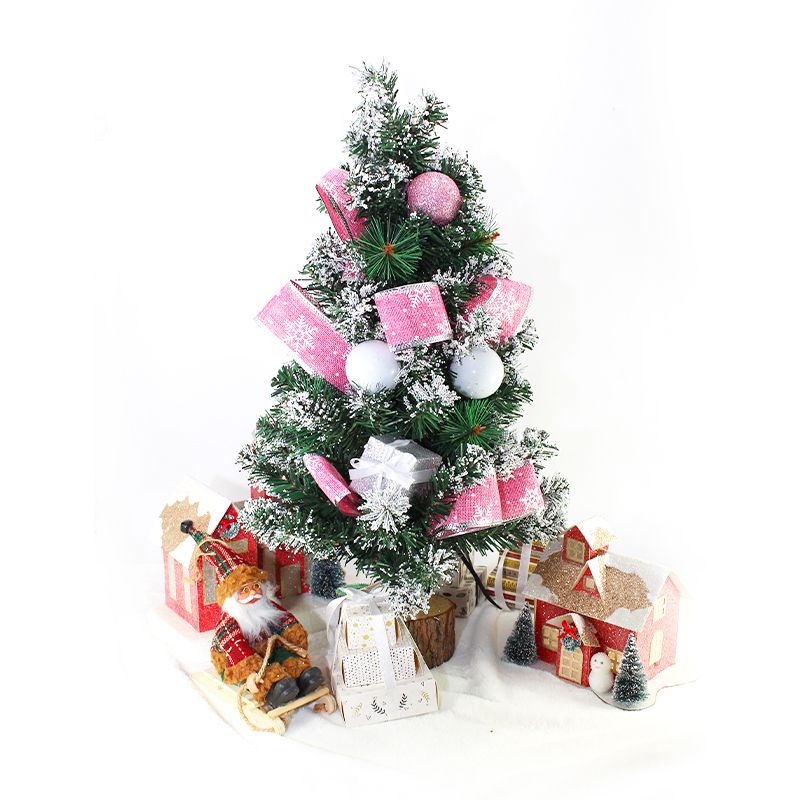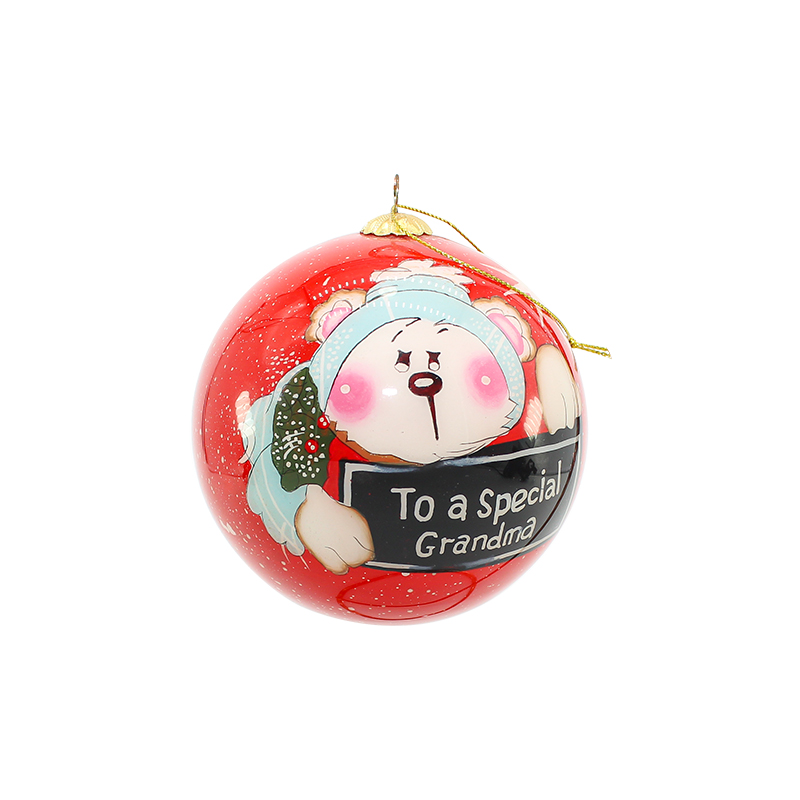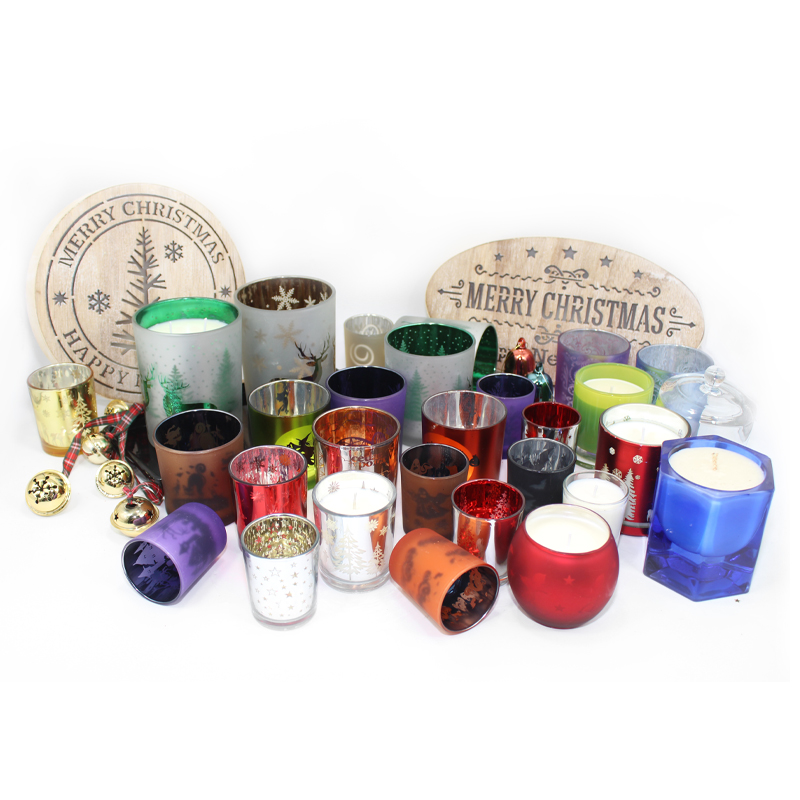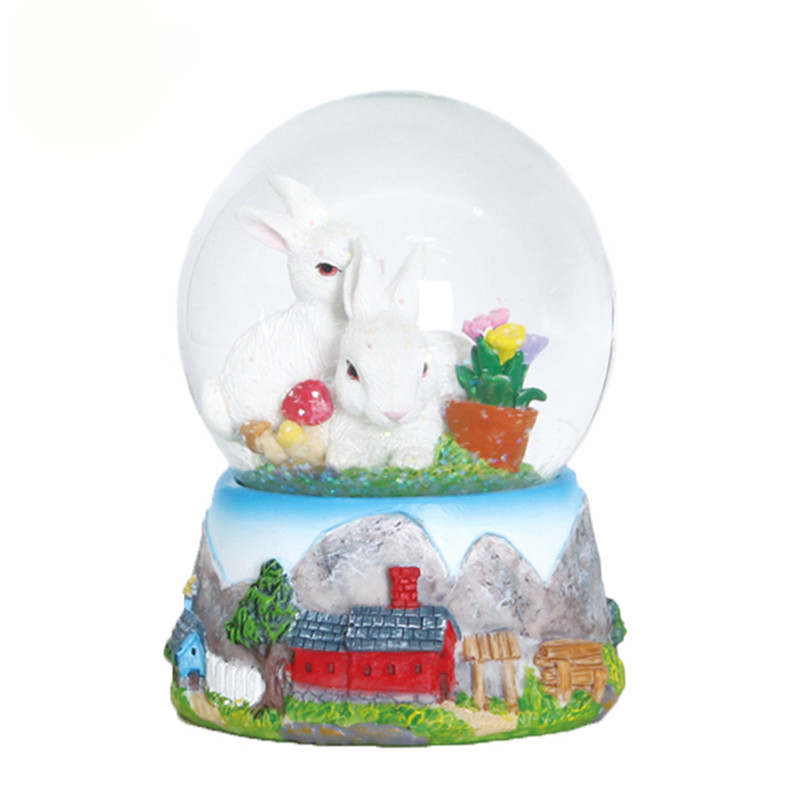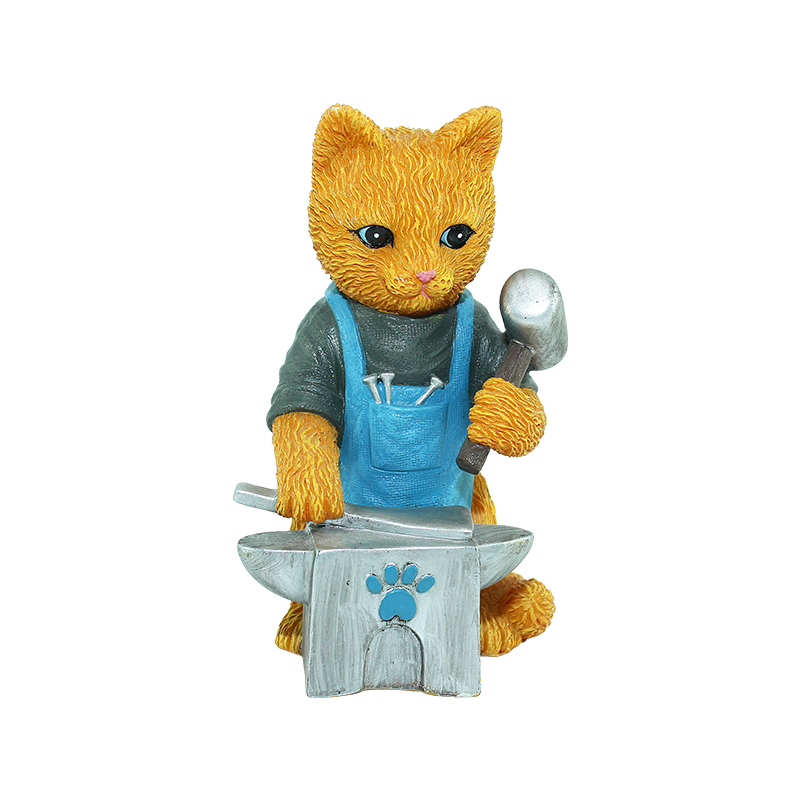About Us
From Latin American Carnival to Nordic Minimalism
The "regional code" of Christmas product selection essentially reflects the collision between cultural genes and consumption habits. From the carnival spirit in Latin America to the minimalist ethos in Northern Europe, Christmas consumption in these two regions showcases distinct cultural divides, shaped by religious traditions, climatic conditions, economic levels, and sustainability concepts. This analysis unfolds across three dimensions: product characteristics, cultural logic, and practical strategies.
I. Latin America: The Deep Bond Between Colorful Carnival and Familial Collectivism
1. Product Selection Characteristics: A Sensory Feast of Vivid Colors
Latin American markets are obsessed with vibrant hues and shiny elements. Consumers in countries like Brazil and Mexico favor saturated colors such as bright red, green, and gold, driving sales of sequined dresses, glittering Christmas tree ornaments, and metallic-foil decorated stockings. For example, Christmas lighting sales in the Mexican market reached 2.2 million units, a year-on-year increase of 43%.
Catholic traditions deeply influence product choices, with nativity scene figurines, Virgin Mary pendants, and religious-themed decorations central to home adornment. On Etsy, handcrafted "Little Virgin" pendants made from Mexican corn husks and Colombian flag-themed Christmas decorations are highly popular. Given the larger average family size in Latin America, products must cater to large gatherings: table decoration sets for 10+ people, multi-serving tableware, and children's group toys (such as playhouse sets and DIY craft kits) are top sellers.
2. Cultural Logic: Collectivism and Emotional Expression
Latin American Christmas celebrations span 24 days, from December 16 to early January, creating demand for durable decorations. Yiwu export data shows that the repurchase rate of Christmas products in Latin America is 30% higher than in Europe and the US, with consumers preferring reusable PVC Christmas trees and metal ornaments. Despite inflation pressures, Latin American consumers prioritize festive spending: Chilean consumers buy an average of 8.4 gifts per person, favoring beauty products, clothing, and food, with 59% adjusting purchases based on promotions.
3. Practical Strategies
Localized Design: Incorporate traditional Latin American elements like Mexican paper cut-outs (Papel Picado) or Brazilian carnival feathers, and offer Spanish-customized packaging.
Price Stratification: Provide handcrafted luxury ornaments for high-income groups alongside sub-$10 affordable trinkets for price-sensitive consumers.
Logistics Prepositioning: Use Mexican overseas warehouses to shorten delivery times for the early December shopping peak.
II. Northern Europe: The Perfect Fusion of Minimalism and Sustainability
1. Product Selection Characteristics: Restrained Aesthetics and Environmental Practices
Northern European consumers prefer natural materials like wood, wool, and ceramic. Wooden star hangings, wool felt reindeer figurines, and ceramic candle holders dominate, with Amazon's Nordic "Sustainable Christmas" labeled products growing 45% annually. Functionality and long-term use are key: foldable metal candlesticks, refillable scented candles, and modular Christmas trees (e.g., Tom Raffield's wooden geometric tree lights) are popular. Products with FSC-certified trees, biodegradable gift boxes, and vintage second-hand ornaments (such as Etsy's retro glass ) are selling points.
2. Cultural Logic: Pragmatism and Social Responsibility
The long Northern European winters drive demand for decorations that blend warmth and aesthetics—think Icelandic wool Christmas tree skirts and Finnish reindeer hide rugs, which are both practical and minimalist. Policy mandates, such as Sweden's inclusion of consumer-side carbon emissions in statistics, push low-carbon materials: eco-friendly Christmas products accounted for 38% of the Nordic market in 2024, up 15 percentage points from 2020.
3. Practical Strategies
Material Innovation: Develop bamboo or recycled plastic trees, labeling carbon footprint data to attract eco-conscious consumers.
Scenic Bundling: Launch "Minimalist Christmas Sets" including wooden ornaments, LED candles, and biodegradable wrapping paper, priced at €80–150.
Second-Hand Economy: Create vintage ornament sections on e-commerce platforms with cleaning/disinfection services to meet circular consumption needs.
III. Underlying Logic of Regional Differences and Selection Insights
Culturally, Latin America centers on collectivism and religious ritual, while Northern Europe prioritizes individualism and sustainability. Consumption motives differ too: Latin Americans seek emotional expression and social display, whereas Northern Europeans focus on practical needs and social responsibility. Price sensitivity is moderate-to-high in Latin America (value for money) and moderate-to-low in Northern Europe (quality and sustainability). Logistics-wise, Latin America requires 3-month pre-stocking, while Northern Europe accepts pre-orders due to long eco-material production cycles.
For supply chain adaptation: Partner with Yiwu suppliers for Latin America to quickly respond to trends (e.g., 2024's popular Mexican Day of the Dead-themed ornaments), using China-Europe freight trains to reduce costs. For Northern Europe, collaborate with local European factories to secure certifications (GOTS, FSC) and adopt "small batches, multiple styles" to minimize inventory.
Marketing narratives should align with culture: Emphasize "family reunion" and "rituals" in Latin America, using Spanish slang ("Feliz Navidad") and festive videos. In Northern Europe, highlight "sustainable lifestyles" and "low carbon footprints," inviting eco-KOLs for product reviews and publishing carbon reports.
Risk management: For Latin America, mitigate political instability and currency fluctuations with "advance payment + installment" models. For Northern Europe, monitor evolving environmental regulations (e.g., EU Ecodesign Directive) to avoid material non-compliance returns.
IV. Future Trends: Blurring Boundaries and Cross-Regional Fusion
Latin American Minimalism: Young consumers are embracing Nordic-style decor, with metallic and natural tones rising in Brazil and Mexico.
Nordic Localization: Brands like IKEA introduce "Latin American " collections, integrating Papel Picado into minimalist designs.
Tech Empowerment: AR makeup tools (virtual Christmas looks) and 3D modeling break regional barriers, boosting conversion rates.
The essence of Christmas product selection lies in decoding and reconstructing cultural symbols. Whether the "color revolution" in Latin America or the "environmental experiment" in Northern Europe, sellers must start with cultural empathy and data-driven insights to balance regional differences and seize commercial opportunities.









